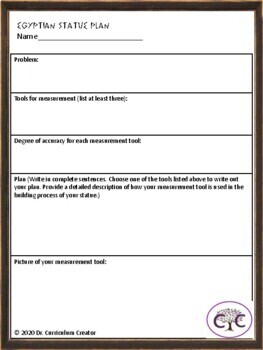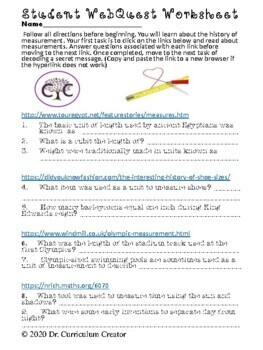History of Measurement
- PPTX
- Internet Activities
- Webquests
- Easel Activity
Description
This three to five-day activity is entertaining and brings out student's research and creativity skills. It introduces students to the history of measurement. This activity can be printed or completed online. You can choose to give students only the question sheet or the WebQuest with questions. Students decipher a hidden message to measure their foot and hand with a ruler in a really fun Cryptogram. Next, students practice their mathematic skills by finding the surface area and volume of pyramids. Lastly, students complete a writing activity where they create their own unit of measurement. This lesson is intuitive and reflective because it creates a timeline of the progression of measurement while identifying gaps in measurement systems still used today. An answer key is included. Please leave feedback!!! It is much appreciated!!!






